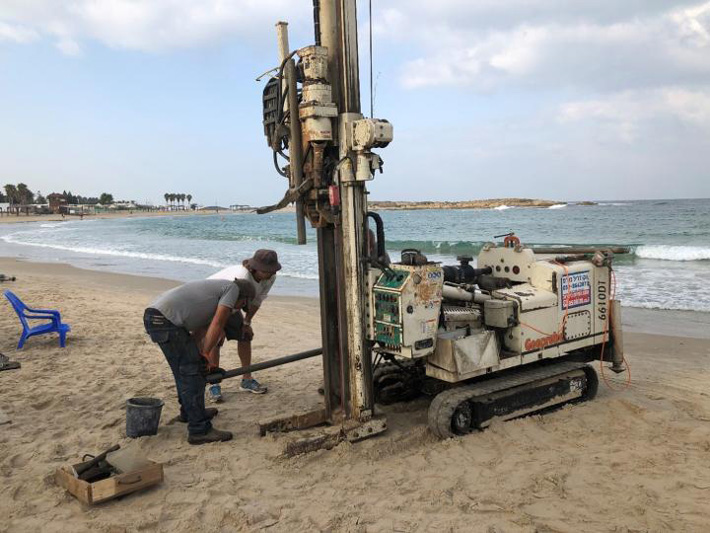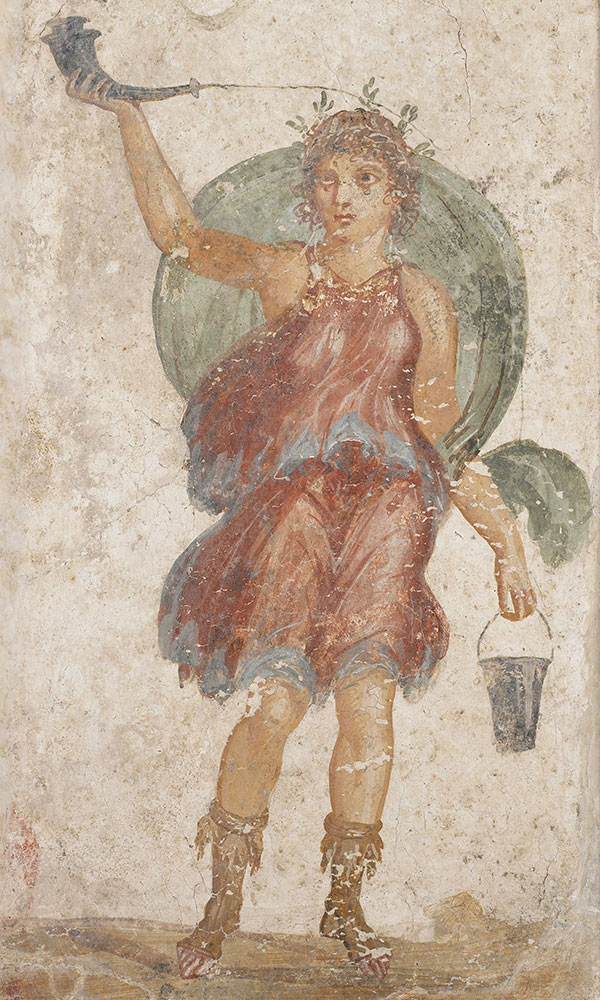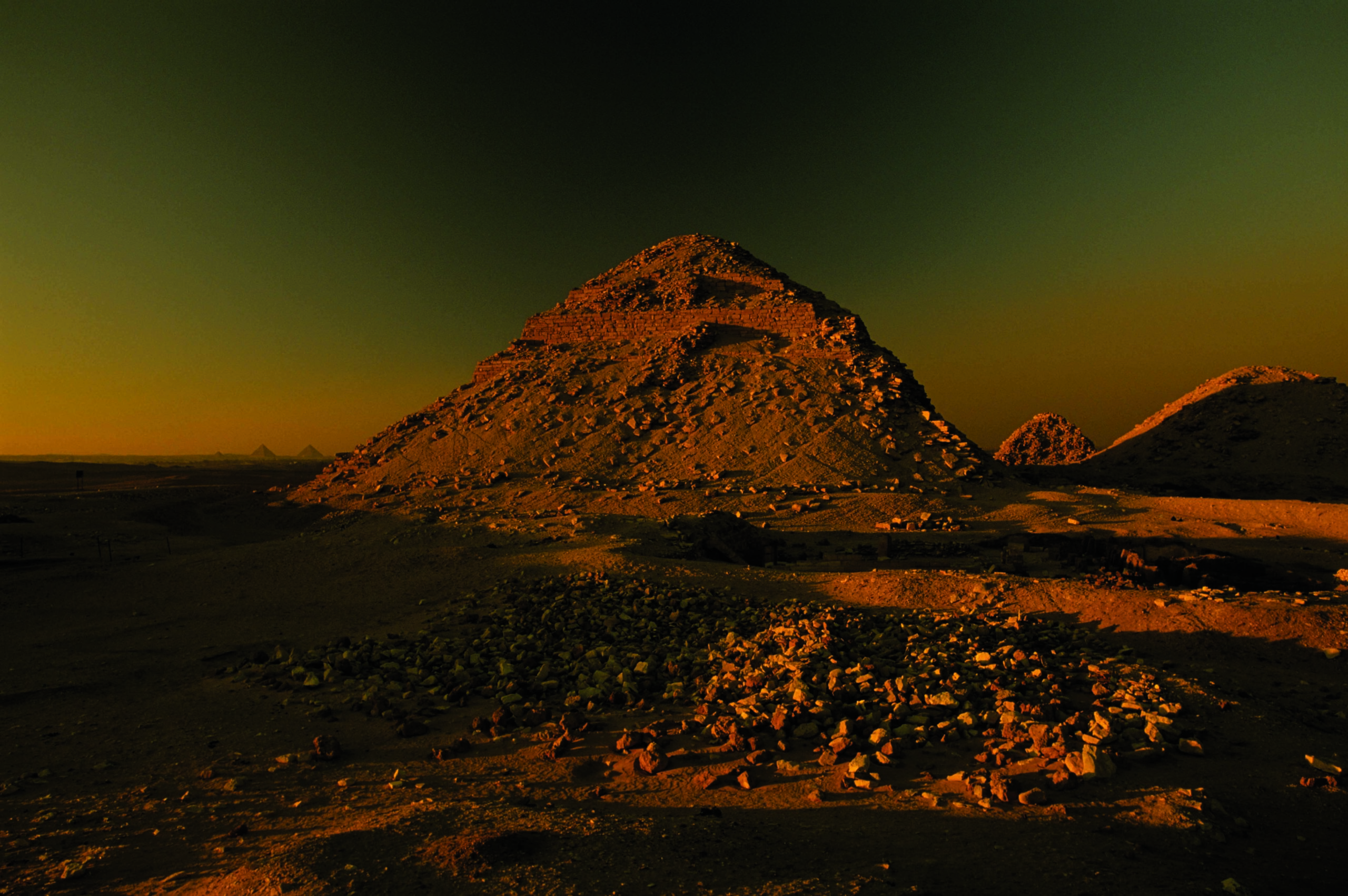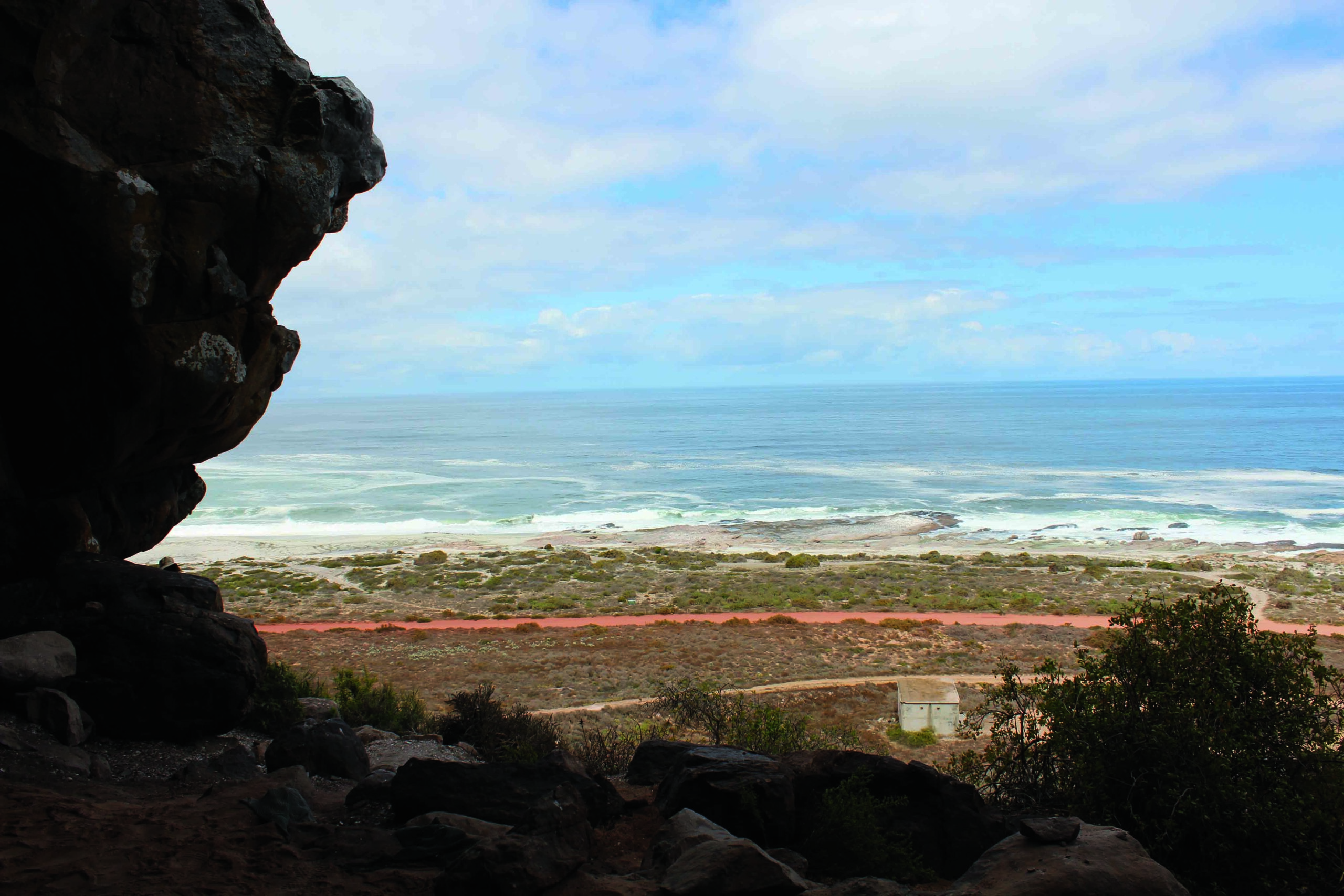
SAN DIEGO, CALIFORNIA—Some 10,000 years ago, a tsunami is thought to have struck the archaeological site of Tel Dor, which was located about a mile inland from Israel’s northern Mediterranean coast, according to a Gizmodo report. Members of an international research team found a layer of sand and shells in sediment cores taken from the site and dated them using optically stimulated luminescence technology to determine when the quartz in the layer of sediment had last been exposed to light. They estimate the wave was more than 50 feet tall and reached more than two miles inland, but it is not clear if the wave stretched to Syria and Lebanon to the north or as far as the Gaza Strip to the south. “Societies were transitioning from over a million and a half years of being foragers and hunters in the Middle East,” said archaeologist Thomas Levy of the University of California, San Diego. “They were experimenting with this village-based sedentary lifestyle.” The wave would have washed away their fertile soils and salted the fields, he explained, resulting in the development of new settlements farther inland by those who survived. To read about the remains of a possible paleo-tsunami victim, go to "World Roundup: Papua New Guinea."











